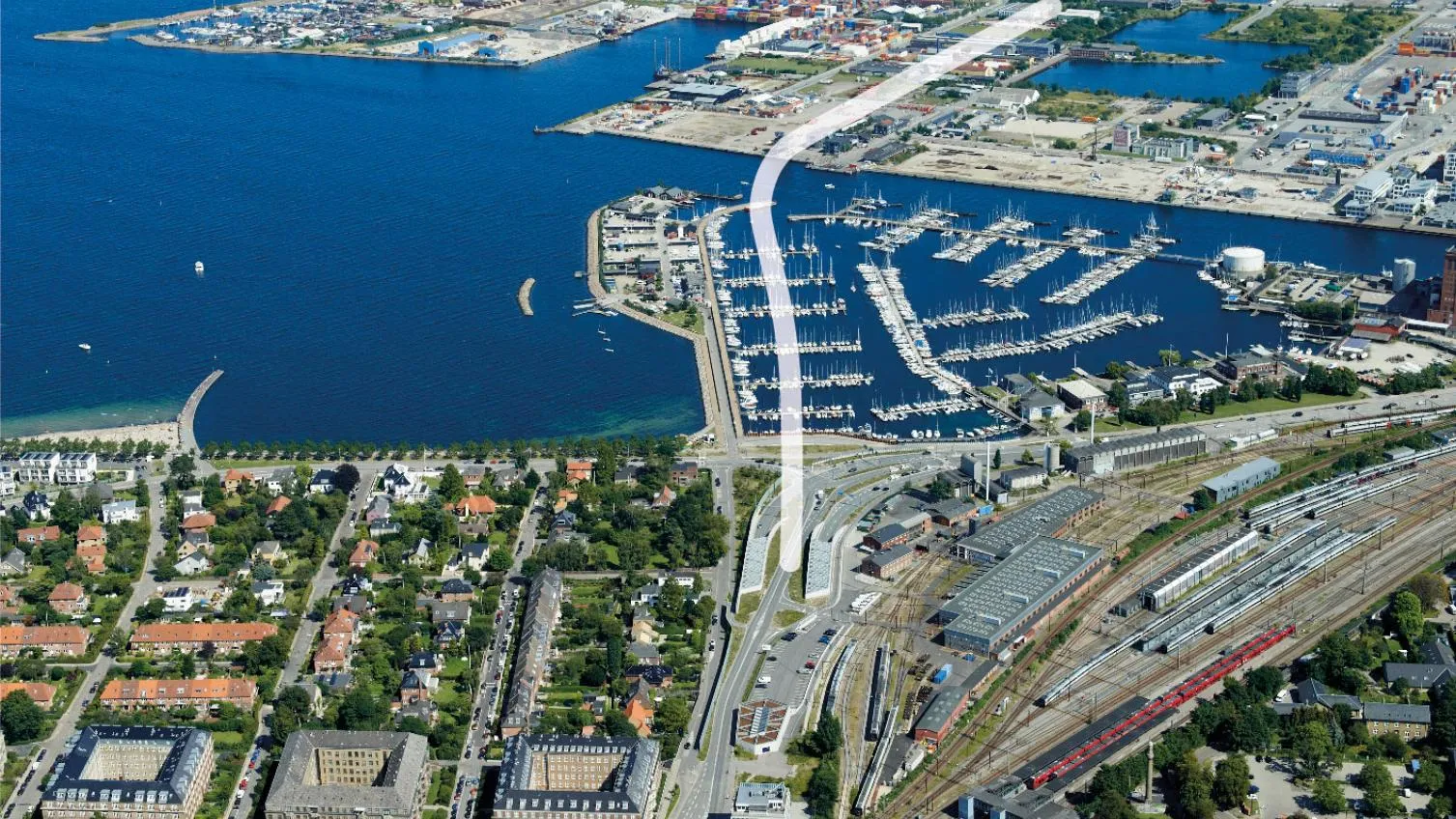Danish regional energy and fibre broadband provider
The two companies are already collaborating on a smart lighting and smart parking pilot project in the village of Almind, in the community of Viborg, Denmark, to test both smart lighting and smart parking solutions to evaluate possible extension of the same network to other smart urban services such as wi-fi hot spots, solid waste management and smart metering. The project, to be completed by the end of March 2016, utilises Paradox Engineering’s open standard based solution, PE.AMI, to enable a smarter management of any urban service, from energy distribution, to wi-fi and broadband connectivity, street lighting, public parking, video surveillance, emergency services and more.
About 50 light poles will be equipped with smart lamps and PE.AMI lighting management nodes, connecting each light point to a wireless network and enabling remote monitoring and control via the PE.AMI central management suite (CMS). This solution allows EnergiMidt to remotely manage the entire infrastructure, switching single or grouped lamps on or off, varying light intensity whenever needed and monitoring lamp performance. Each pole also features a motion sensor that triggers PE.AMI nodes to automatically dim the light up and down upon vehicle transit.
The same architecture supports a smart parking system, where about 40 car lots are being equipped with PE.AMI parking management nodes to detect vehicle occupancy and provide drivers with real-time parking availability information when attending sport or social events.
Danish, Swiss companies partner on smart city services in Denmark
Danish regional energy and fibre broadband provider EnergiMidt and Swiss technology company Paradox Engineering are to partner on the development of innovative smart city networks and provide advanced services to public sector and private business customers in Denmark. The two companies are already collaborating on a smart lighting and smart parking pilot project in the village of Almind, in the community of Viborg, Denmark, to test both smart lighting and smart parking solutions to evaluate possible extens
January 28, 2016
Read time: 2 mins
RSS







